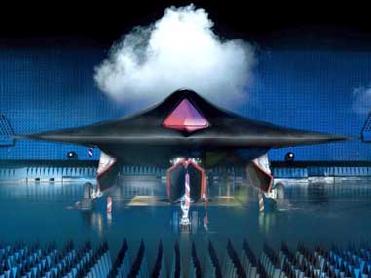
Communications at Speed and Depth (CSD) consists of expendable submarine and air-launched communications buoys to enable submarines operating below periscope depth and at tactical speeds to communicate with surface ships and land-based assets via satellite networks. Lockheed Martin photo.
NEW DELHI (BNS): A Lockheed Martin led industry team has completed a successful critical design review for a system that will give US Navy submarines real-time, two-way communications without requiring platforms to proceed to periscope depth.
The new system, which can be installed on all classes of submarines, is called Communications at Speed and Depth (CSD).
Currently, submarines must come to periscope depth to communicate with other ships, aircraft or shore facilities. This increases the submarine's detection vulnerability and may result in a large delay in tactical communications.
Lockheed Martin will deliver three types of two-way communications buoys and associated equipment for installation aboard submarines and ashore, a company statement said.
Two tethered expendable communications buoy systems – for Iridium satellite and ultra high frequency communications – will be launched from submarines.
The third is an acoustic-to-radio-frequency gateway system that can be launched from submarines and aircraft.
Rod Reints, Lockheed Martin’s senior program manager for CSD said, “Submarines are most vulnerable when they must surface to use communication systems. This program eliminates that vulnerability.”
The $35 million contract was awarded to Lockheed Martin in January of 2009 and includes the production of buoys for development tests and operational assessments.
 Previous Article
Previous Article Next Article
Next Article












The Indian Air Force, in its flight trials evaluation report submitted before the Defence Ministry l..
view articleAn insight into the Medium Multi-Role Combat Aircraft competition...
view articleSky enthusiasts can now spot the International Space Station (ISS) commanded by Indian-American astr..
view article